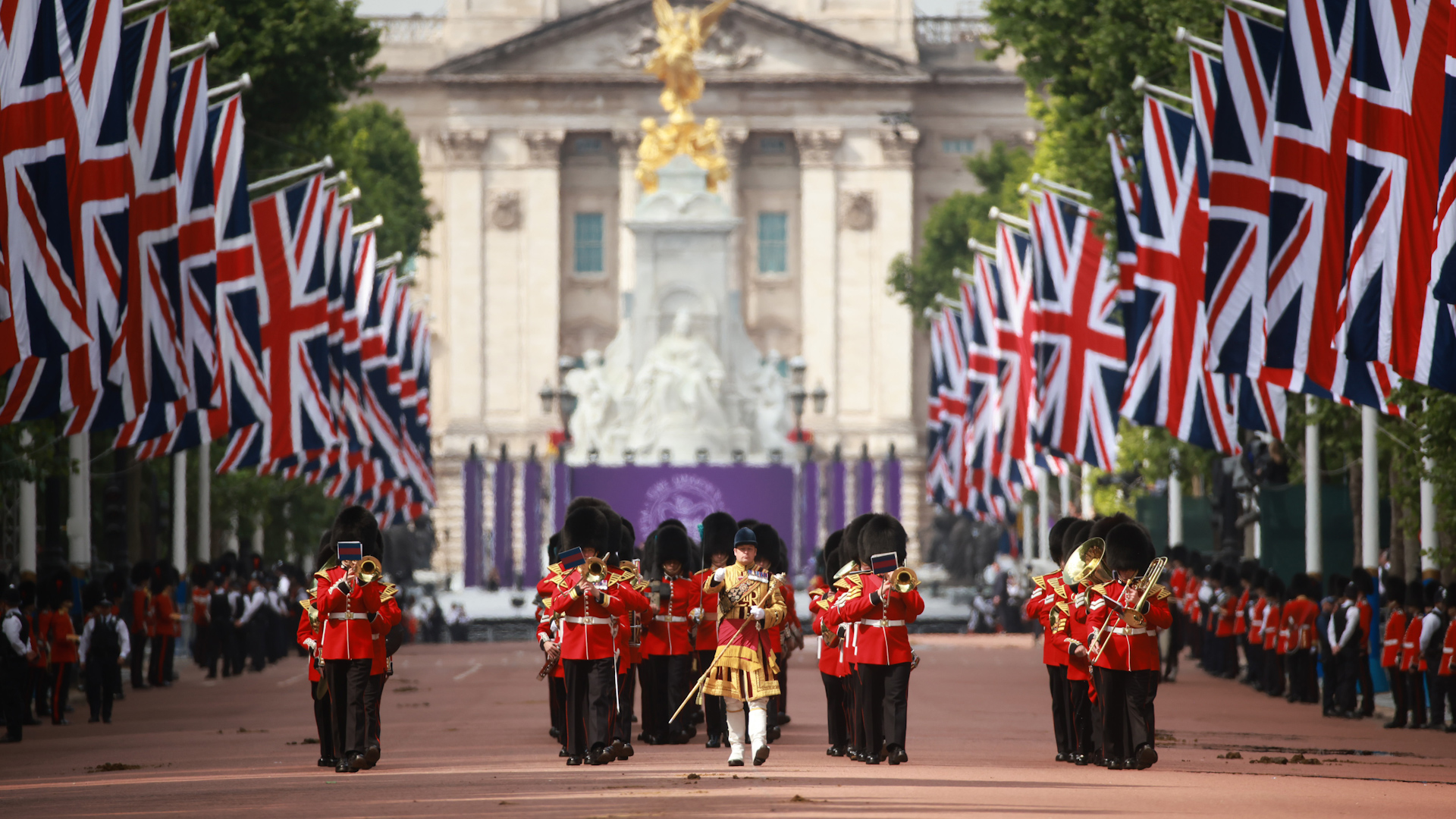
What is Trooping the Colour? All you need to know about the big day

Trooping the Colour is a ceremonial celebration of the current British monarch's birthday, also known as the King's Birthday Parade.
The King's Birthday Parade will be held on 20 June 2026 at Horse Guards Parade in central London.
The celebration is the biggest highlight in the British military's ceremonial calendar and has been an annual event since 1760.
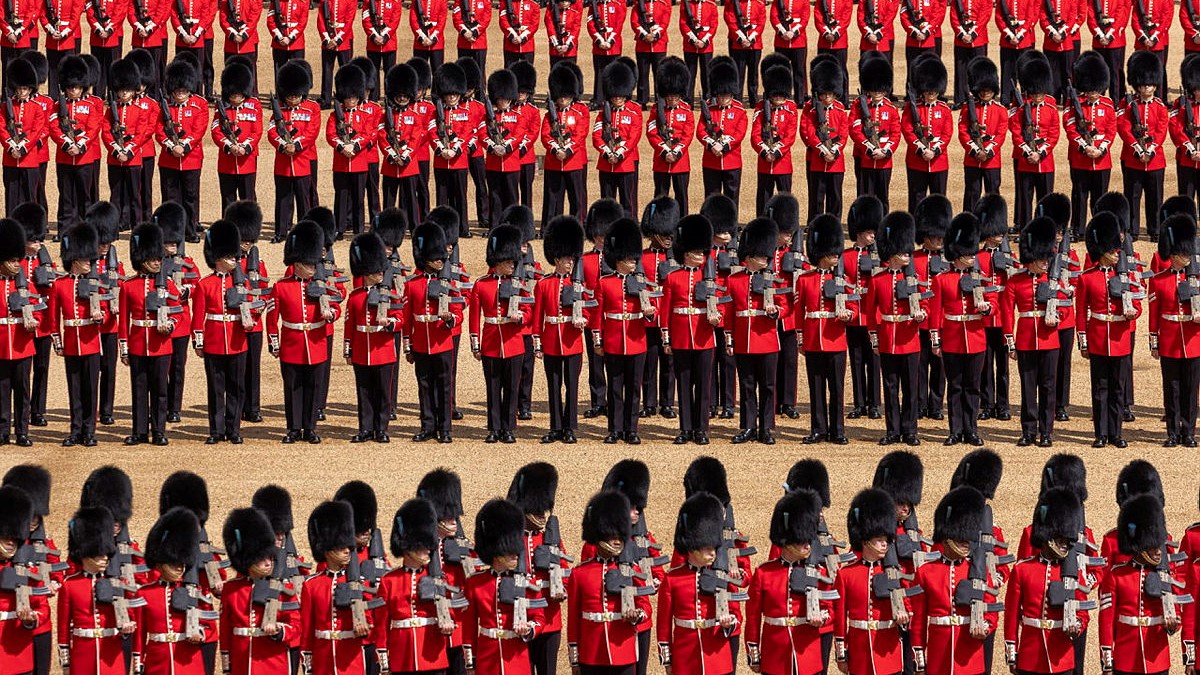
When is Trooping the Colour?
The event is traditionally held on the second weekend in June.
It usually follows a review by one of the Royal Colonels and the Major General Commanding London District in the weeks immediately before the big day.
This means those involved in the event deliver three versions of the parade over the course of three weekends.
Who takes part in Trooping the Colour?
The King's personal soldiers, the Household Division. This includes more than 1,400 soldiers on parade, 200 horses, and 400 musicians.
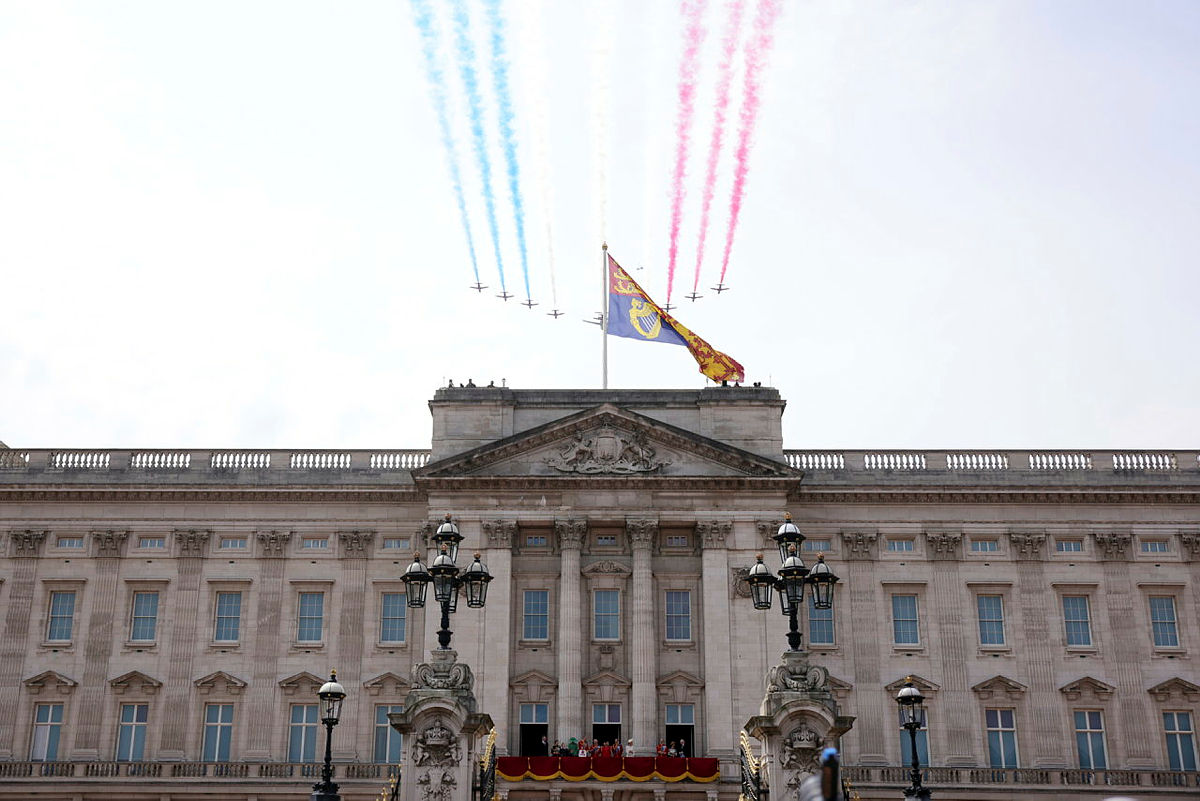
What happens at Trooping the Colour?
On Horse Guards Parade, the monarch arrives and is met with a Royal Salute before inspecting the troops wearing their ceremonial red tunics and bearskins.
Last year was the first time the reigning monarch rode horseback at Trooping the Colour since 1986 when the late Queen Elizabeth II last rode.
For 2024, the King and Queen will be arriving by carriage.
The military bands perform and, while they do so, the Regimental Colour is processed down the ranks of the soldiers on parade.
After the Foot Guards have marched past the monarch, the two regiments that make up the Household Cavalry ride past – twice – on their horses. The monarch will then make his way back to Buckingham Palace.
On the famous palace balcony, alongside other members of the Royal Family, the monarch takes the salute again, and members of the Royal Family watch the flypast.
In Green Park, a 41-gun salute is fired to mark the monarch's birthday.
What happens when a soldier faints on parade?
Soldiers are encouraged to take proactive measures on the morning of any parade to help minimise the risk of fainting.
This includes getting a good breakfast, drinking plenty of water, and even doing some light exercise.
However, sometimes it can get too hot under the heavy bearskins, and a soldier collapses while standing to attention.
The person concerned is supported off the parade ground and provided with the medical support they require.
What happens during the flypast?
The Trooping of the Colour ceremony concludes with an RAF flypast, the King observing from the balcony as the aircraft soar over Buckingham Palace.
Weather permitting, this year's flypast will consist of 34 aircraft, starting with Chinook helicopters and ending with the Red Arrows painting the sky in blue, white and red stripes.
The King's Birthday Flypast also has a long and proud history, with the first one taking place in 1913 for George V.
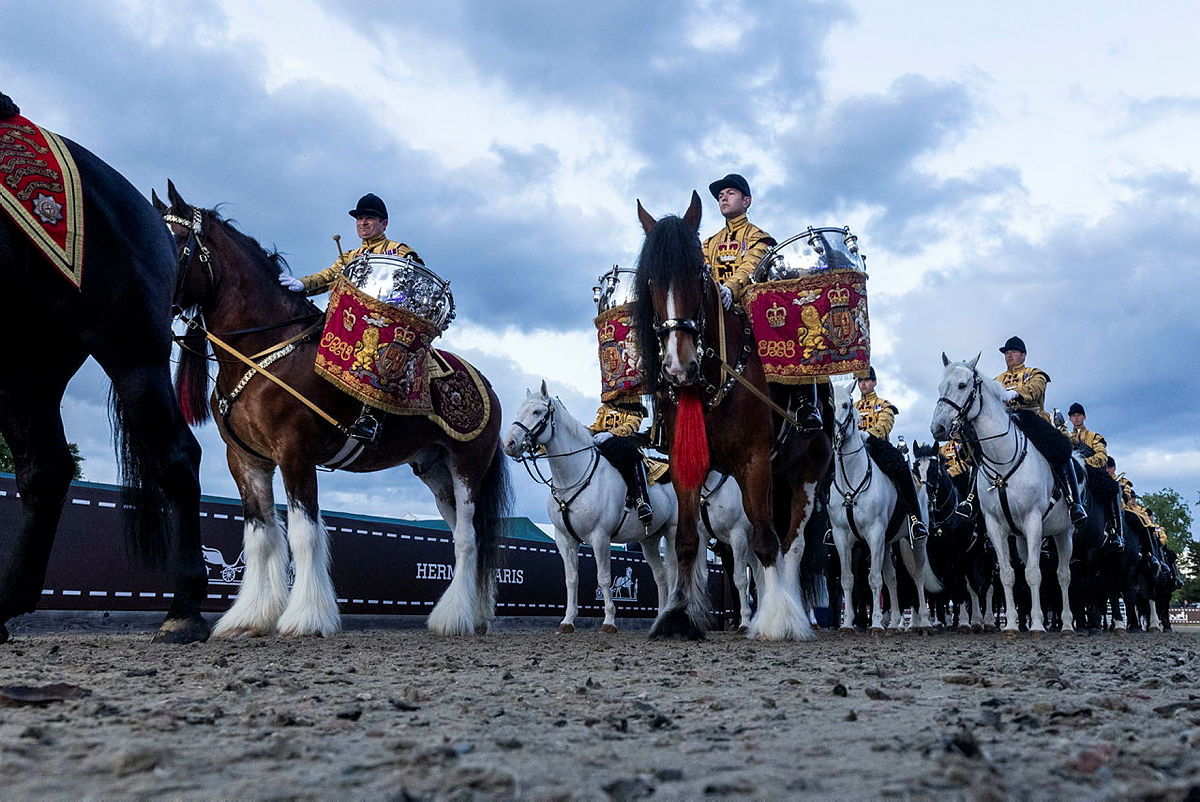
Is it the same every year?
A different regimental colour (flag) is trooped each year and members of the five Foot Guards regiments take it in turns to lead the parade.
In 2023 as part of the Army's modernisation programme, 'Future Soldier', the parade saw all five regiments of Foot Guards of the Household Division in attendance for the first time in more than 30 years.
The form of the ceremony remains the same, albeit with slightly different music depending on which regiment is leading the parade with their regimental Colour.
The exception to this tradition was during Covid when a reduced monarch's Birthday Parade was held at Windsor Castle for the Queen Elizabeth II.
Where to watch Trooping the Colour?
Traditionally, the best place for spectators without tickets to stand is along The Mall.
Tickets are allocated through a ballot in March and April. Members of the public can generally apply for a maximum of four tickets.
The ceremony is also televised live on BBC1.
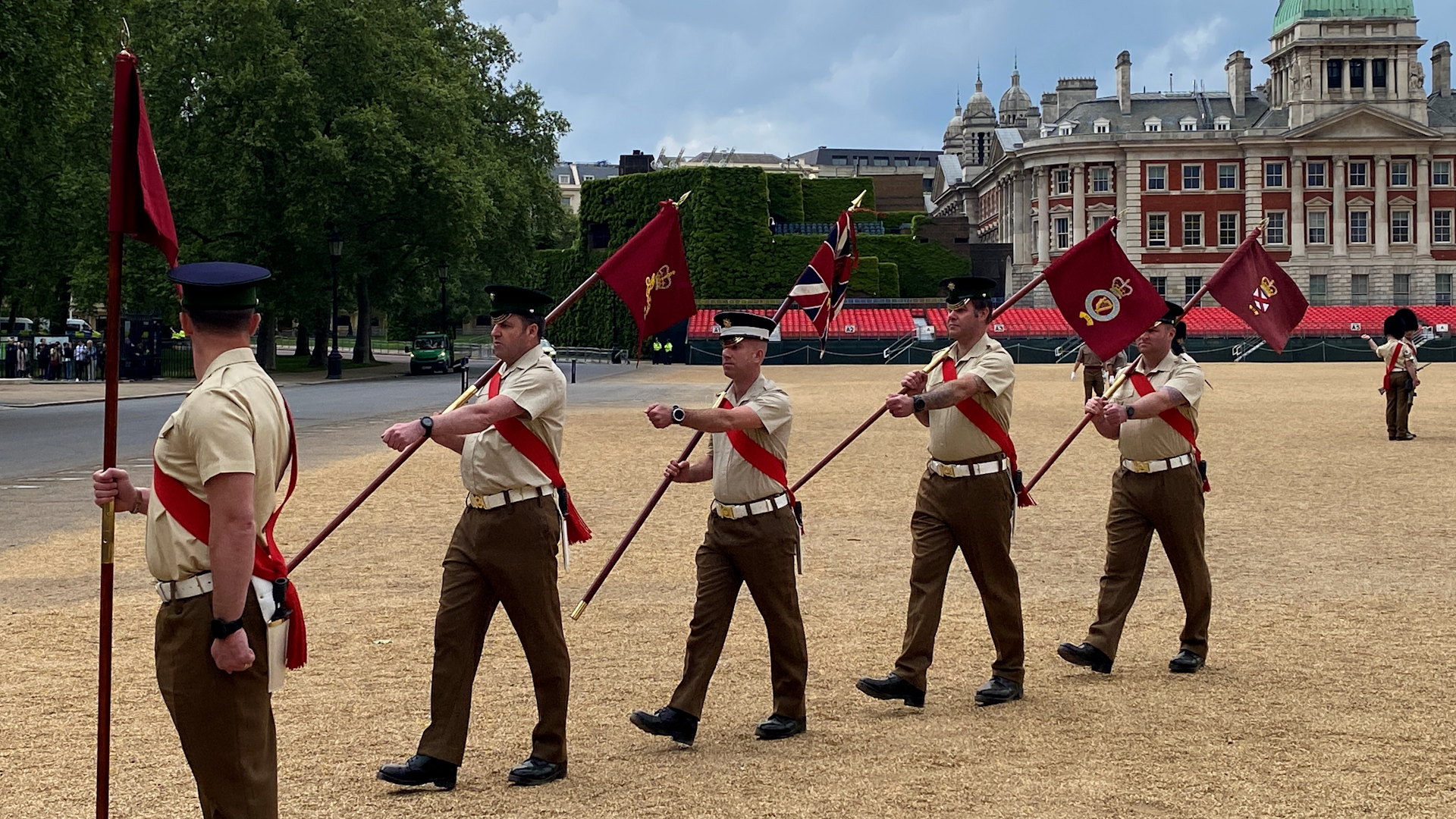
What should I wear to Trooping the Colour?
For Trooping the Colour reviewed by the monarch:
- Morning dress, lounge suit or jacket, tie and trousers, and equivalent for ladies.
- No denim, shorts or sandals.
- Hats are optional but advised as a way of giving compliments to His Majesty and the Colours as they pass the parade.
- Serving military personnel may wear Ceremonial Day uniforms.
For Trooping the Colour reviewed by a Royal Colonel:
- Lounge suit or jacket, tie and trousers, and equivalent for ladies
- No denim, shorts or sandals
- Hats are optional but advised as a way of giving compliments to the Royal Colonel of the regiment and the Colours as they move around the parade ground
- Serving military personnel may wear Ceremonial Day uniforms
For Trooping the Colour reviewed by the Major General:
- Lounge suit or jacket, tie and trousers, and equivalent for ladies
- No denim, shorts or sandals
- Hats are optional but advised as a way of giving compliments to the Major General and the Colours
- Serving military personnel may wear Ceremonial Day uniforms
History
The Trooping the Colour ceremony is believed to have been performed first during the reign of King Charles II (1660-1685), and it was decided that this parade would be used to mark the official birthday of the Sovereign, becoming an annual event after George III became King in 1760.









